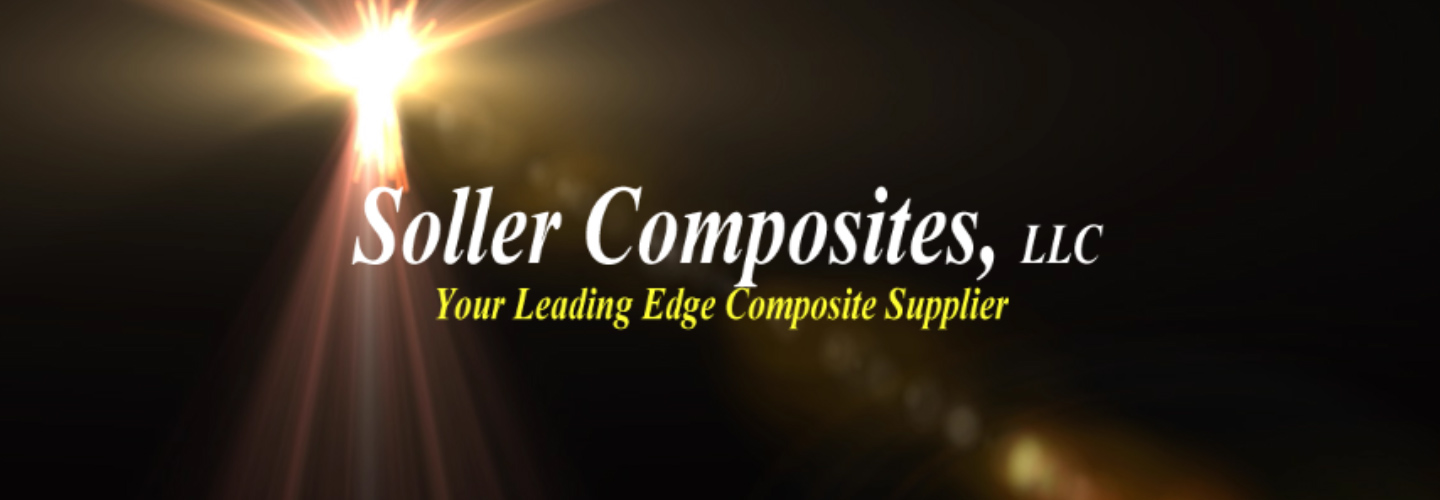
 |
|
Choosing the Appropriate Resin
Epoxy vs. Vinylester vs. Polyester Resins
Jon Soller
Soller Composites
Copyright 2004
All Rights Reserved
I. Introduction
There are three main types of Resins used today for use with Carbon Fiber, Fiberglass, and Aramid (Kevlar). These are Epoxy, Vinylester, Polyester Resins. Each has different characteristics and associated costs. Below we briefly discuss each of these resins.
Please be aware that all resins & hardeners have their safety related issues. Please research the products you intend to use and fully read the manufacturer’s safety information and follow their recommendations.
II. Epoxy resins
These are the most expensive of the three resin types, but well worth the cost.
Epoxy resins are typically about three times stronger than the next strongest resin type. Epoxy adheres to Carbon Fiber, Fiberglass, and Aramid (Kevlar), very well and forms a virtually leak- proof barrier. Epoxy also adheres to older epoxy and most materials quite well.
Most epoxies do have a tendency of yellowing when exposed to water. When purchasing epoxy for applications that have extreme temperature changes or are exposed to water, make sure you purchase an “all weather” epoxy hardener. One example of such a hardener is West System’s 207 Hardener.
Note that most epoxies are slightly amber in color. When you apply the typical amount of resin to a composite, that is just enough to wet-out the composite, the epoxy is clear. The exception to this is when you wet-out yellow Kevlar or white colored fiberglass. In these cases you will see the yellow kevlar darken slightly and you will most likely see a very slight yellow tint to a white colored fiberglass.
You can buy perfectly clear epoxy resins. West System's 207 hardener is now perfectly clear and has UV protection. It is the only epoxy hardene rwe are aware of that has both of these characteristics.
Don't confuse the "yellowing" of epoxies over time with the slight amber initial color of most epoxies. There are only about 4 epoxies in the market that will not yellow over time. The West System 207 is the best of them all (that is the reason we sell West System's Epoxy). Even for indoor applications, UV will eventually yellow your epoxy. So if you don't plan on painting you piece/application and you want your piece to look good and last as long as possible, plan either protecting it with UV coating (such as a UV urethane), and/or use the 207 hardener.
III. Vinylester Resins
These resins typically have about one third the strength of Epoxy resins. They adhere poorly to Carbon Fiber and Aramid (Kevlar), but can be used for aesthetic applications for these fibers. Vinylester resins are primarily used with fiberglass, but are also commonly used with carbon mostly for cosmetic applications when a polyester clear coat or polyester based gelcoat is needed. This type of resin should not be used with carbon or aramid fabric if strength is a primary requirement. Note that urethane based clear coats can be used with epoxies.
IV. Polyester Resins
These are the cheapest of all the resins. They have poor bonding capability and should never be used for any structural carbon or aramid work. They typically work well only on fiberglass. One should generally never consider using this resin with structural applications with Carbon Fiber or Aramid.